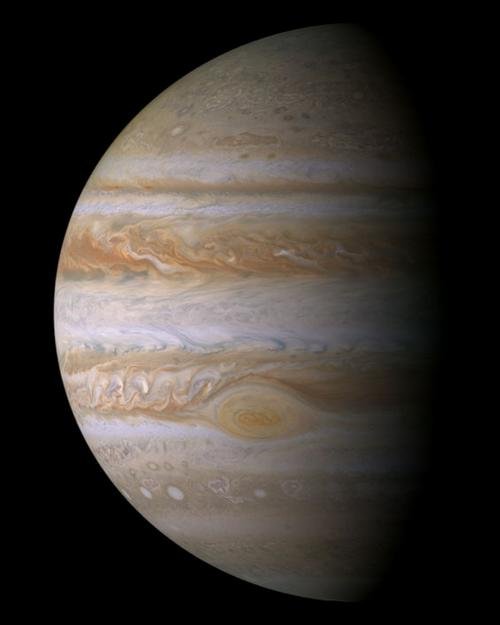Our Space Earth
Earth is the third closest planet to the Sun at a distance of about 150 million kilometers (93.2 million miles). It takes 365.256 days for the Earth to travel around the Sun and 23.9345 hours for the Earth rotate a complete revolution. It has a diameter of 12,756 kilometers (7,973 miles), only a few hundred kilometers larger than that of Venus. Our atmosphere is composed of 78 percent nitrogen, 21 percent oxygen and 1 percent other constituents.

Earth is also called as Terra and Tellus. Its astronomical symbol consists of a circled cross, representing a meridian and the equator; a variant puts the cross atop the circle. Besides words derived from Terra, such as terrestrial, terms that refer to the Earth include tellur- (telluric, tellurian, from the Roman goddess Tellus) and geo- (geocentric, geothermal; from the Greek goddess Gaia).
Physical Characteristics Of Earth
The Earth consists of several atmospheric, hydrologic, and mainly geologic layers. Its components are the atmosphere, the hydrosphere, the crust, the mantle, and its core. The biosphere is a tiny layer in this composition and is usually not considered part of the physical layers of the Earth.
The geologic component layers of the Earth are located at the following depths below surface:
0 to 60 km – Lithosphere (locally varies between 5 and 200 km)
0 to 35 km – Crust (locally varies between 5 and 70 km)
35 to 60 km – Uppermost part of mantle
35 to 2890 km – Mantle
100 to 700 km – Asthenosphere
2890 to 5100 km – Outer Core
5100 to 6378 km – Inner Core
Earth Moons
The Moon is the planet Earth’s only usual satellite. It has no formal name other than “The Moon” although it is some times called as Luna, to distinguish it from the generic “moon“. Its symbol is a crescent. The terms lunar, selene / seleno-, and cynthion (from the Lunar deitie Selene and Cynthia) refer to the Moon (aposelene, selenocentric, pericynthion, etc.).The average space from the Moon to the Earth is Orbit.
The Moon makes a complete orbit about once every 28 days. Each hour it orbits round the stars by an amount roughly equal to its angular diameter, or by about 0.5°.The Moon varies from most satellites of other planets in that its orbit is shut to the plane of the ecliptic and not in the Earth‘s equatorial plane.
The two most familiar ways of ruling the table are: the side real month being the time it takes to make a complete orbit with respect to the stars, about 27.3 days; and the synodic month being the time it takes to reach the same phase, about 29.5 days. These differ because in the mean time the Earth and Moon have both orbited some distance around the Sun.
Solar System | Mercury | Venus Moons | Earth | Mars Moons | Jupiter Moons | Saturn Moons | Uranus Moons | Neptune Moons | International Space System | ISS Research | Moons of the planet | Magnetosphere | Regions Of Comets | Space Station Glossary | Space Station Abbreviation | Space Station Sitemap | Asteriods | Contact Us